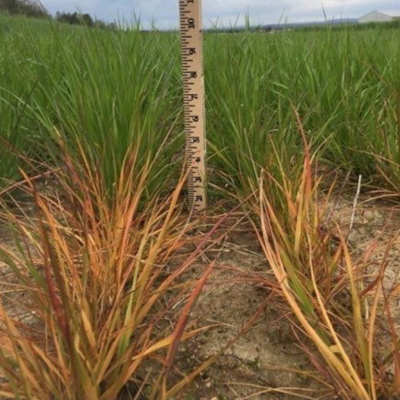Start planning herbicide programs for terminating cover crops this spring.
Warmer temperatures are promoting good early season cover crop growth in southeast PA. Selecting the right herbicide burndown program for cover crop termination will be necessary to start clean this growing season. Key considerations include the cover crop species or mixture, cover crop growth stages, weeds present that require control, and weather conditions near the time of burndown applications.
Cereal rye and winter wheat
Glyphosate is the most effective burndown herbicide for winter cereal cover crops. Actively growing cover crops, sunny warm days (> 55°F), and several days where night temperatures exceed 40°F generally increase the activity of glyphosate. Under these conditions, a 0.75 lb ae to 1.5 lb ae rate with appropriate adjuvants (surfactant + AMS) should provide good control of winter cereals. Research has shown that glyphosate efficacy remains consistent across the typical pH range for water used in herbicide applications.
Some research suggests that winter wheat is more difficult to control with glyphosate compared to cereal rye. Applications targeting wheat prior to the boot stage are generally effective, but higher rates are recommended if termination occurs after stem elongation.
While glyphosate applied alone can be effective on winter cereals, take time to scout fields to determine if tank-mix partners are required to control winter annual weeds. Including 2,4-D ester (1 pt/ac) in early burndown programs (28 d pre-plant) is an effective approach for improving control of several common winter annuals (mustard spp., deadnettle, henbit), glyphosate-resistant marestail in the small (< 3") rosette stage, as well as some perennials like dandelion.
Paraquat (Gramoxone SL) can be used as an alternative to glyphosate for termination of winter cereal cover crops but is generally less consistent. To optimize control with paraquat, use a high carrier volume (20 gpa) and flat fan nozzle tips to improve coverage. Inclusion of a non-ionic surfactant, a triazine herbicide (atrazine, metribuzin), and UAN as a partial carrier can each improve paraquat activity.
Legume cover crops
In general, 2,4-D ester or dicamba should be tank-mixed with glyphosate or paraquat to improve control of clover species and hairy vetch. A few differences among clover species have been observed in Penn State field trials. Crimson clover is comparatively less susceptible to 2,4-D ester or dicamba applied alone. A tank mix that included glyphosate or paraquat with 2,4-D ester or dicamba products is necessary to achieve adequate crimson clover control, whereas red clover and hairy vetch can be controlled with 2,4-D ester or dicamba applied alone.
Annual ryegrass

Annual ryegrass control; Terminate prior to 8" height
Careful consideration of herbicide management for annual ryegrass is needed, particularly given concerns about its potential to become an established and persistent volunteer weed problem. Glyphosate has significantly better activity on annual ryegrass than paraquat (Gramoxone) and should be used as the base product. In order to optimize annual ryegrass control using glyphosate:
- Time applications to sunny, warm days (> 55°F) and actively growing plants
- Consider terminating prior to rapid growth stages (< 8-inch) for improved control
- Use high glyphosate rates (1.25 to 1.5 lb ae/ac) with appropriate adjuvants
- Avoid the use of 28 or 32% UAN and high-rates (> 0.25 lb ai) of clay-based herbicides (WDG, WG, DF, DG, F) like atrazine, simazine, and metribuzin to reduce tank-mix antagonism
Penn State field trials conducted in 2020 demonstrate the utility of tank-mix partners to improve annual ryegrass control under challenging weather conditions. Roundup PowerMax (36 fl oz/ac; 1.25 lb ae) applied on April 20th to 6-8" annual ryegrass during a week of cooler weather conditions (~50°F day-time temperatures) provided only partial control, which resulted in ryegrass regrowing and going to seed. In comparison, tank mixing glyphosate with Select Max (8 oz/ac + MSO; clethodim) or Resolve (1 oz/ac; rimsulfuron) resulted in >95% control 2 months after treatment. Select Max can be applied up to 6 days prior to corn planting and has no soybean planting restrictions. Planting restrictions vary for other clethodim containing products, so make sure to check the label. Resolve and other rimsulfuron containing products can only be used prior to corn.

Roundup PowerMax (36 oz/ac) 14 DAT; Applied April 20
Herbicide recommendations for termination of various cover crop species prior to corn ( Table 2.2-4 ) and soybean ( Table 2.4-4 ) can be found in the Penn State Agronomy Guide.
Source : psu.edu